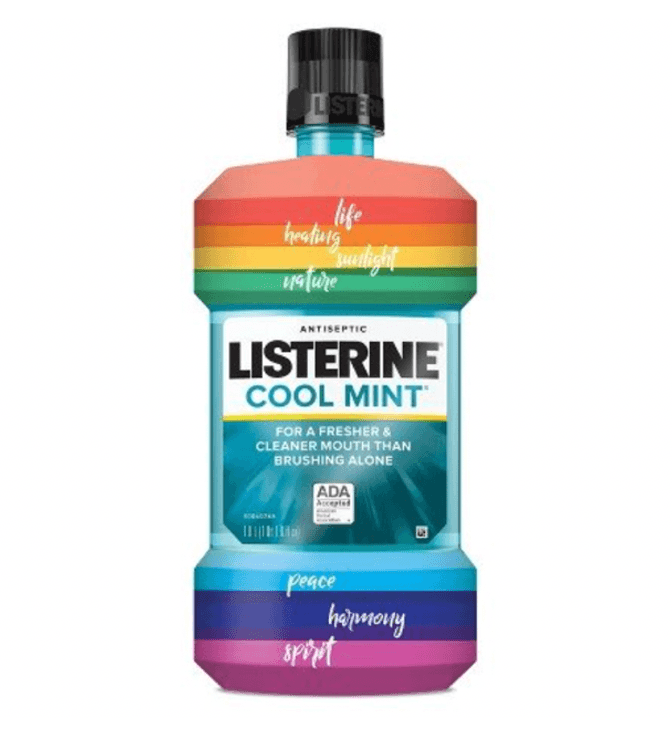Pride month has arrived with celebrations and parades taking place across the US and UK throughout June/July. This presents the perfect time to discuss the representation of marginalised groups and share our DOs & DON’Ts that brands need to take into consideration when attempting to interact with individuals of their target audiences.
In recent years many people in the LGBTQ+ community, have experienced a change in the meaning of Pride month, watching it shift from a political movement of fighting for basic human rights, to what some would describe as a commercialised holiday. Pride is not only a time where members of the community and allies celebrate the hard work and commemorate the turmoil experienced by their predecessors, but also to show the world that they will continue to fight to be accepted 52 years on from the very first parade, honouring the 1969 Stonewall riots. With the true meaning of pride being close to the hearts of so many, it’s understandable where the frustration with some brands as their attempts at inclusion comes across as tokenistic with an aftertaste of ignorance when they continue to align themselves with practices and mindsets that shun the very people they aim to represent.
So what can a brand do to genuinely and authentically show their support for the community? Let’s discuss the dos and don’ts of representing a marginalised group of people in marketing for the future.
Do Give People a Voice
The best way to be authentic when creating campaigns like these is to work with the very people you’re trying to reach. Listen to their stories, do your research, and work with them until the conclusion of the campaign, ensuring it is sending the right message and most importantly, encompassing authenticity.
Don’t Let Inclusion be Restricted to a Certain Time of year
Being an inclusive brand means you should be actively attempting to be inclusive 365 days a year and not just from a time-sensitive trend perspective. The key to being authentic is to look internally at your teams and suppliers you work with. There’s no better way to be authentic than to make the people behind the campaigns themselves reflect the values you promote. By having a diverse team for creative, production, strategic, etc, there will be no need for any performative actions.
Do Be Vocal and Show Your Support Where You Can
It is important for people to see that you care about them and what you’re actively doing to create change in this world. Ben and Jerry’s is a great example of this, in 2017 when Australia hadn’t legalise gay marriage, Ben and Jerry’s took a stand by refusing to sell same-flavor double scoops in Australian stores.
Don’t Dilute the Meaning of the Cause You’re Trying to Represent
The pride flag has become an iconic symbol of change over the years. But many in the community feel that it’s true meaning is being diluted by brands capitalising on the rainbow identity through bags, tops, and even mouthwash and sandwiches. Consumers no longer look at the flags at this time of the year and remember the people behind them, they only see the brands and their colourful promotions.

Download our Authentic Representation guides to find out more about being a diverse brand.


